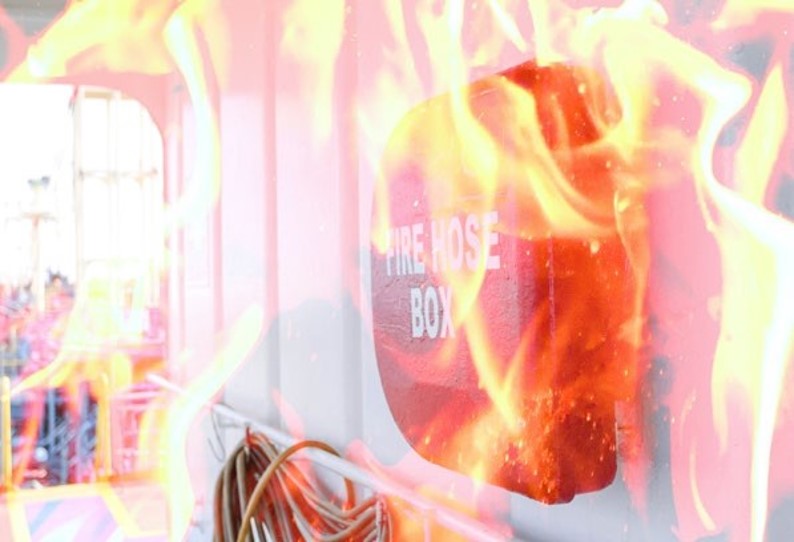 Introduction to Bills of Lading: Basic concepts and issues
Introduction to Bills of Lading: Basic concepts and issues
A bills of lading is a contractual document issued by the carrier by sea of goods which such carrier takes possession of and transports. Generally, a bill of lading would contain details about the transported goods such as the type, quantity, weight, value, and date of shipment of such goods. From a definitional perspective, it is difficult to give a precise definition of a bill of lading, but it could certainly be said to possess the following essential attributes:
(i)It serves as a transport receipt which the carrier gives to the seller for transporting his goods;
(ii)It serves as evidence of contract between the carrier and the exporter; and
(iii)It serves as a document of title for the importer or the buyer.
From the above, it is evident that there are the following parties primarily involved: Continue reading “Bills of Lading: Basic concepts and issues”











 Introduction to Bills of Lading: Basic concepts and issues
Introduction to Bills of Lading: Basic concepts and issues